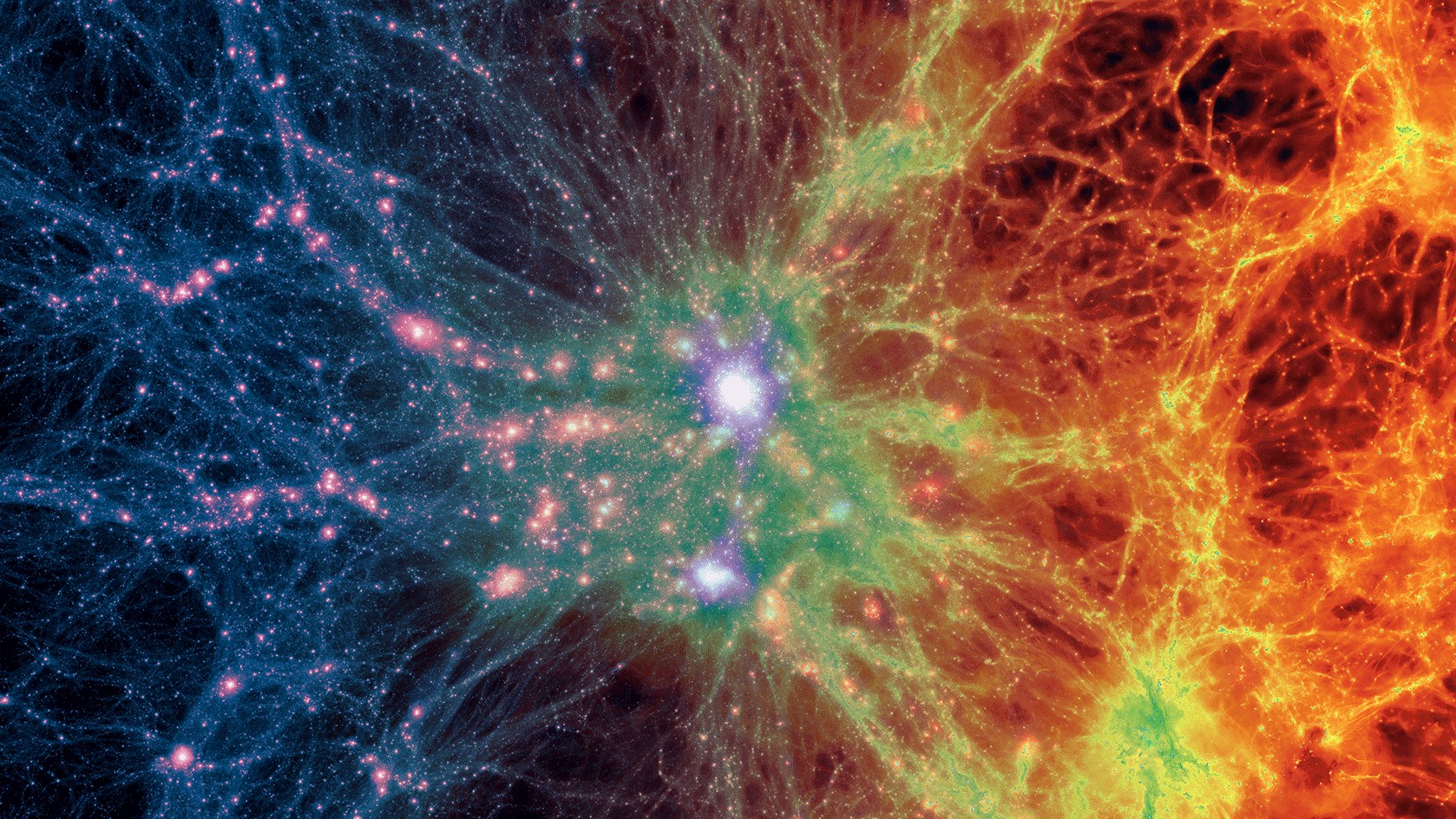Turtle Trafficking Prompts Arrests in Puerto Rico

Eight people were arrested in Puerto Rico on charges of selling endangered sea turtles for human consumption, federal authorities said.
The suspects were allegedly involved in selling the meat of 15 hawksbill turtles and seven green turtles, an undercover operation revealed.
The eight individuals, all residents of Patillas and Arroyo, were taken into custody Thursday (July 18) on felony and misdemeanor charges. They face a maximum sentence of five years in prison and a $250,000 fine, according to the U.S. Department of Justice.
Both hawksbill and green turtles are considered endangered and protected by Puerto Rican law, as well as the U.S. Endangered Species Act and the Convention on International Trade in Endangered Species of Wild Flora and Fauna, or CITES, officials said.
Hawksbills (Eretmochelys imbricate) in the Caribbean rely on Puerto Rican beaches to lay their eggs, with 500 to 1,000 nests laid each year on Mona Island, a small reserve west of the mainland that has been designated as a critical habitat for the species. In addition to their meat, the turtles are harvested for their beautiful carapaces, or shells, which can be carved into jewelry and other trinkets or sold whole.
Green turtle (Chelonia mydas) populations worldwide have declined by 48 to 65 percent in the last 100 years, officials say. The species is protected in a critical habitat in the coastal waters around Puerto Rico's Culebra Island, east of the mainland.
Hawksbill and green turtles are targeted by poachers elsewhere. Their eggs, rumored to act as aphrodisiacs, are increasingly snatched from beaches in Costa Rica and sold at bars in Panama, according to research presented at a wildlife crime conference earlier this year.
Get the world’s most fascinating discoveries delivered straight to your inbox.
Follow Megan Gannon on Twitter and Google+. Follow us @livescience, Facebook & Google+. Original article on LiveScience.com.



